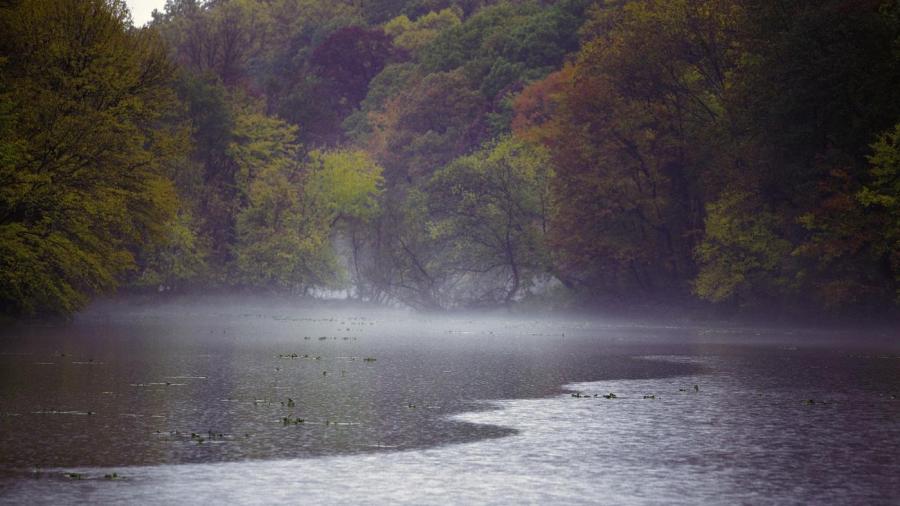What Effect Does Acid Rain Have on the Environment?

Acid rain has many environmental side effects, but its impact is largely seen on water sources and aquatic environment, such as lakes, wetlands and streams, explains National Geographic. Acid rain reduces the alkalinity, the capacity of water to neutralize acid, and thus increases the acidity of the water, leading to a weaker ecosystem. Acidic water is also toxic to fish, clams, crayfish and other aquatic animals.
When acid rain falls on forests, it washes away and dissolves the nutrients that help trees and plants grow, such as magnesium and calcium. It releases aluminum that reduces the trees’ capacity to absorb water. While trees are not able to absorb naturally occurring aluminum, acid rain can convert it to aluminum nitrate or aluminum sulfate that can harm the trees. It weakens the trees’ natural defenses and makes them more vulnerable to damage due to cold weather, insects, diseases and other ecological stressors. The acidic rain also wears away the protective coating of leaves, making them more susceptible to damage and preventing them from photosynthesizing properly.
Aside from environmental effects, acid rain can also cause buildings and statues to erode faster, especially those made from limestone or sandstone, as these rocks are easily affected by air pollution as well as acid rain.





